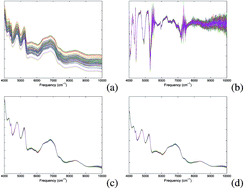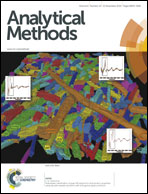Multivariate classification of pulp NIR spectra for end-product properties using discrete wavelet transform with orthogonal signal correction
Abstract
Natural material variations uncorrelated with physical properties of fibre networks hinder the development of robust calibration models by which to predict paper properties from on-line near-infrared (NIR) spectra of production pulps. Such a simple process gauge of product quality would offer attractive advantages for optimized manufacturing. The present work explores the effectiveness of data processing strategies designed to remove uncorrelated variance from calibration models linking NIR spectra with standard measures of paper quality, including tensile, tear, burst index, wet and dry zero span length, freeness, absorption and scattering coefficients. Post-processing of spectra by discrete wavelet transform (DWT) is shown to suppress the baseline and high-frequency noise, and orthogonal signal correction (OSC) substantially improves prediction accuracy by reducing the amplitude of uncorrelated (orthogonal) variations. We find that combined pretreatment by DWT and OSC yields a spectral dataset that exhibits the best prediction accuracy.


 Please wait while we load your content...
Please wait while we load your content...